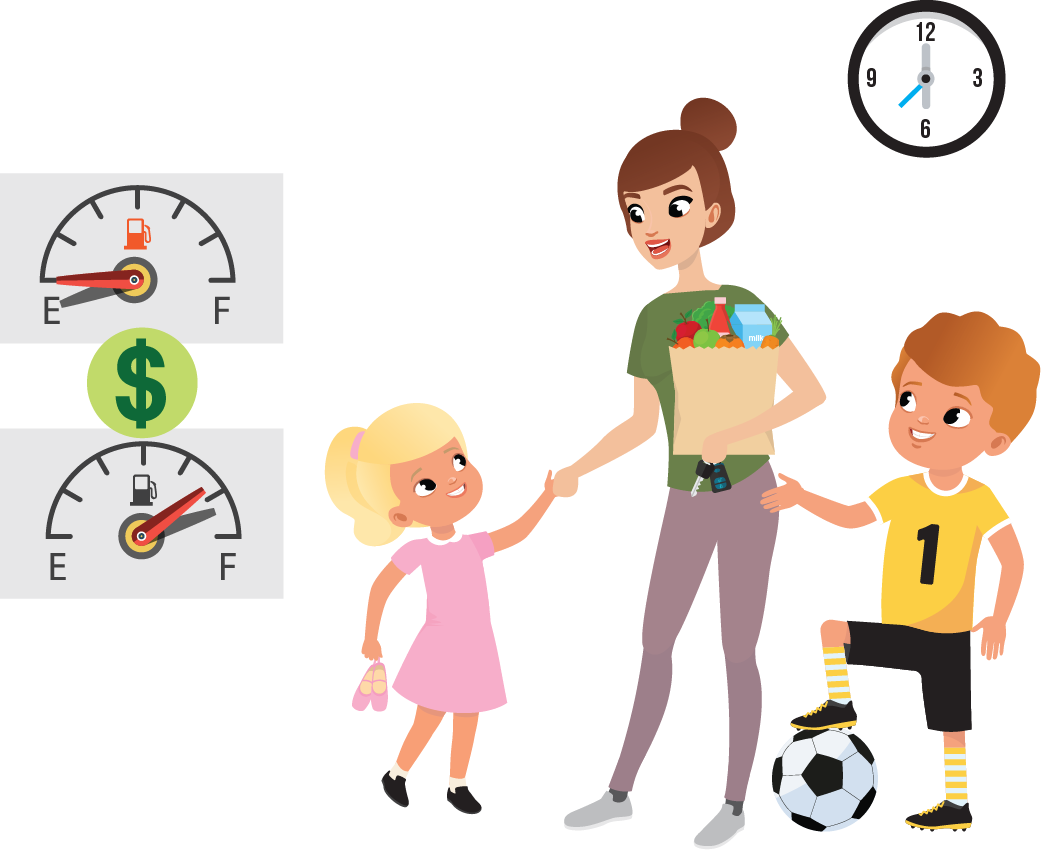Understanding Uplift and Out-of-Market Payments
Uplift refers to out-of-market payments to generation or demand response resources in certain situations to ensure that these resources are appropriately compensated when following PJM’s instructions to produce or reduce power. Out-of-market payments are transactions that are exceptions to the usual PJM markets policies; these exceptions are made in order to ensure the reliable operation of the power grid.
An Analogy for Uplift
To understand the concept of uplift, compare a generator (e.g., a power plant) who has been contracted to provide a specific amount of energy for a certain number of hours, to a babysitter who has been contracted to provide childcare services for a set number of hours each day.
If the babysitter is booked for five hours every day from noon to 5 p.m., but only works for four hours one day (e.g., a parent has a half day of work), the babysitter will still get paid for the full five hours they were contracted for. This ensures that the babysitter is being valued for the hours of available service the caregiver requested of them. This is just one instance, but the true value is realized with the long-term reliability incentive: The babysitter’s availability is valued – and the caregiver is assured that the babysitter will continue to provide service over the long term, because they are being compensated appropriately.
 Types of Uplift Payments
Types of Uplift Payments
Lost Opportunity Cost: How It Works
A babysitter is paid for his or her full number of contracted hours, even if the shift is cut short due to outside circumstances.
A generator is paid for running a full number of contracted hours even though it was instructed by PJM to stop producing power or reduce output. This can happen in a situation when there is excess power on the grid, or a unit’s output could cause operational control issues.

A babysitter is called on for an emergency childcare situation. The babysitter gets paid for a full day, even though they only work a partial day. The babysitter might also be asked to help with an activity that goes beyond their regular duties, like driving the child to soccer practice or picking up groceries. In this case, they get reimbursed for gas money or the grocery bill.
The generator is incentivized to respond to PJM instructions – even though it may not be convenient, or if the instructions do not correspond to the offer of the unit – because they will be compensated appropriately.
Benefits and Challenges of Uplift
The most critical benefit of uplift is that it helps appropriately value generators for their service, which in turn incentivizes them to follow PJM dispatch instructions that ensure reliable operation of the power grid and fair and efficient markets.
When resources are not properly valued, their incentive to follow market trends is greater because that can be an opportunity to make more money. Incenting units with uplift payments ensures that units follow PJM's directions for reliable and cost-efficient operations.
Uplift is a complex topic and is viewed in different ways, depending on how an entity participates in PJM markets. PJM is diligently working to improve transparency by further sharing information and collaborating with our stakeholders.